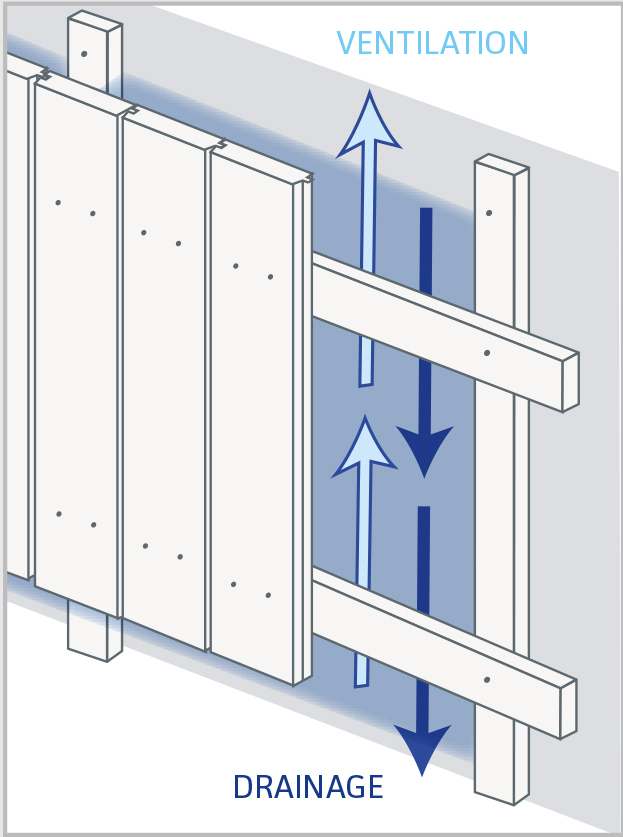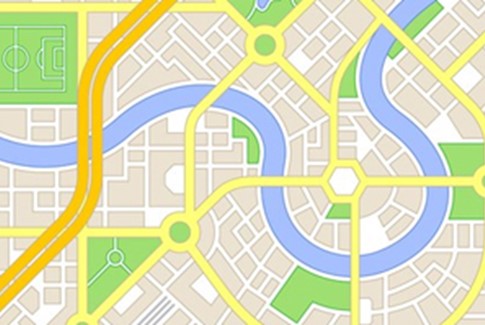Does timber cladding have thermal insulation or sound proofing properties?
Thermal Insulation
While timber cladding has many benefits, it’s a common misconception that it adds to the thermal insulation value (U-value) of a building, keeping more heat in and lowering energy bills. Here we explain why.
In UK conditions, timber cladding on occupied buildings should be designed as a ventilated rainscreen, i.e. fitted over a drained and ventilated cavity – the cavity gap being created by the battens that the cladding boards are fixed to.
International Standard BS EN ISO 6946 states that anything outside of the breather layer, i.e. the cavity and cladding, is ignored for U-value calculations. The assumption being that airflow in the cavity means the hygrothermal condition of the cavity is the same as the outside air. Other things being equal, timber-clad walls have a higher (i.e. poorer) U-value than masonry-clad walls due to differences in their cavity ventilation.

Soundproofing
Likewise, claims that timber cladding adds to the soundproofing properties of a building are also incorrect. This is because:
- External sound sources are regulated through the planning system and not building control (in which case materials are irrelevant).
- To be effective, an acoustic barrier should not have any gaps where airborne sound can penetrate. Timber cladding has drainage and ventilation gaps and so it has little value in blocking airborne sound.
- Flanking sound transmission (noise transmitted from one room to another via the external wall) is a further consideration. To be effective the external wall junction has to provide some or all of: a continuous void within the wall, mass, or a complex sound path. Without these details sound can easily be transmitted through the cladding.
So there you have it, any claims that timber cladding improves the thermal efficiency or soundproofing of a building are incorrect.
There's more to timber cladding though...
Benefits of Exterior Timber Cladding



